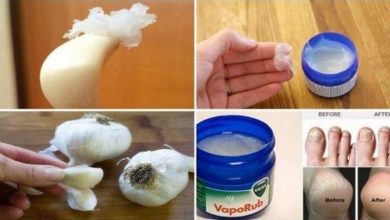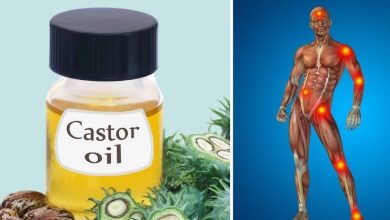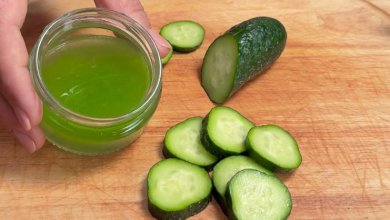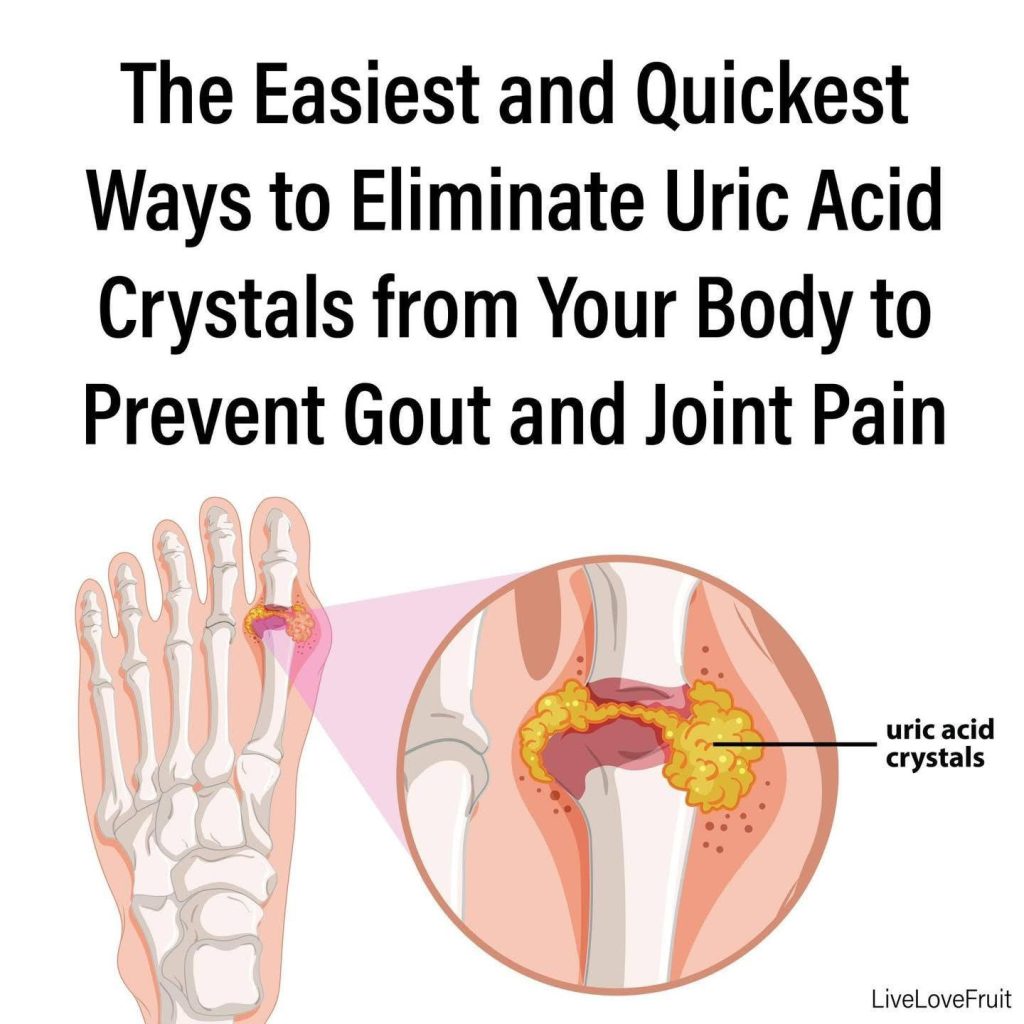
Gout is a painful form of arthritis caused by excess uric acid crystallizing in the joints. It leads to inflammation, swelling, and intense pain, often in the big toe. While medication helps manage symptoms, making the right lifestyle changes can reduce uric acid levels and prevent future flare-ups.
Understanding Gout and Uric Acid
Uric acid is a waste product formed when the body breaks down purines—compounds found in foods and naturally produced by the body. Normally, uric acid is dissolved in the blood and excreted through urine. However, when levels become too high, it crystallizes in the joints, triggering painful attacks.
Step 1: Make Dietary Changes
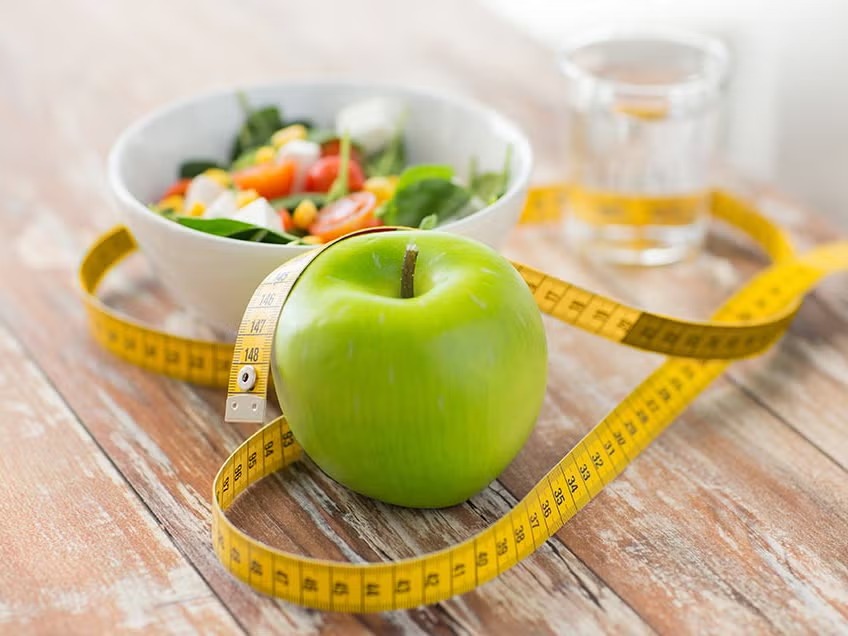
Avoid High-Purine Foods
Reducing foods high in purines can significantly lower uric acid levels. Avoid or limit:
- Red meats (beef, lamb, pork)
- Organ meats (liver, kidneys)
- Certain seafood (sardines, anchovies, shellfish)
- Processed meats (sausages, bacon)
Incorporate Gout-Friendly Foods
- Cherries & Berries: Contain anthocyanins, which reduce inflammation and uric acid.
- Leafy Greens & Vegetables: Alkalizing effect helps neutralize acidity.
- Whole Grains & Nuts: Promote balanced blood sugar and reduce uric acid buildup.
- Low-Fat Dairy: Supports uric acid excretion.
Step 2: Stay Hydrated

Water is essential for flushing out excess uric acid. Drink at least 2–3 liters (8–12 glasses) per day. Herbal teas, lemon water, and infused detox waters can further support kidney function and detoxification.
Step 3: Maintain a Healthy Weight
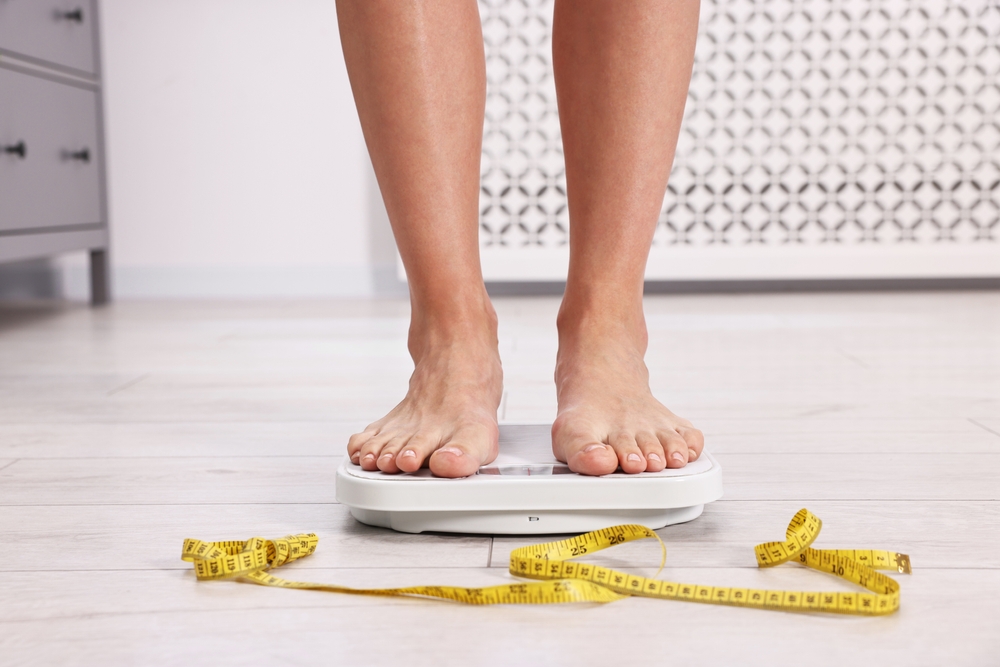
Excess body weight increases uric acid production and reduces kidney efficiency in eliminating it. Sustainable weight loss through a balanced diet and regular exercise can help prevent gout attacks. However, avoid crash diets, as rapid weight loss can trigger gout by releasing stored purines.
Step 4: Reduce Alcohol and Sugar Intake
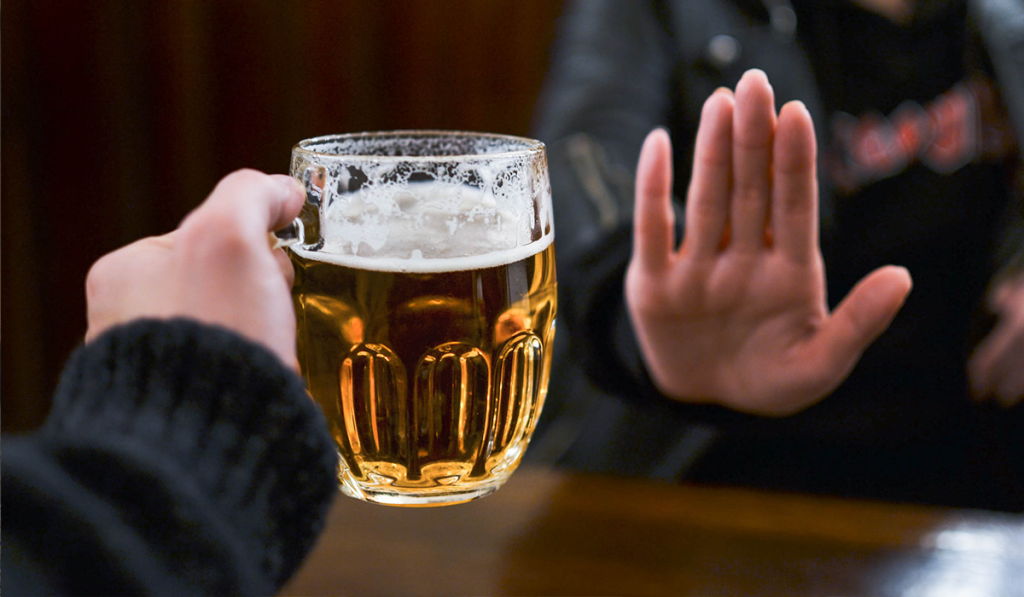
- Alcohol, especially beer and liquor, increases uric acid production and decreases excretion. Limit consumption or opt for lower-purine alternatives like dry wine in moderation.
- High-fructose corn syrup, found in sodas and processed foods, raises uric acid levels. Opt for natural sweeteners or whole fruits instead.
Step 5: Exercise and Improve Circulation
Regular movement reduces inflammation and supports overall joint health. Opt for low-impact activities like:
- Walking
- Swimming
- Yoga
- Cycling
Step 6: Try Anti-Inflammatory Supplements
Certain supplements can help lower inflammation and uric acid:
- Omega-3 Fatty Acids: Found in fish oil, reduce joint inflammation.
- Turmeric & Ginger: Natural anti-inflammatory and pain-relief properties.
- Vitamin C: Helps the kidneys remove excess uric acid.
Step 7: Monitor Uric Acid Levels
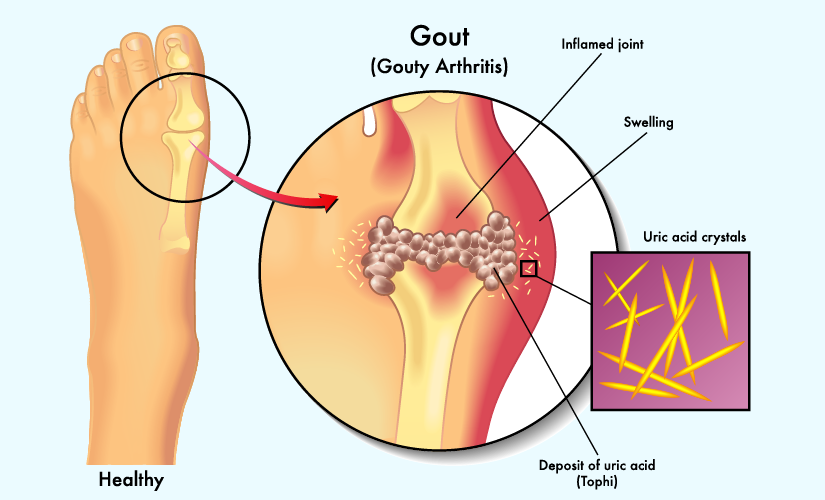
Regular blood tests can track uric acid levels and help prevent future attacks. Work with a doctor to identify personal triggers and adjust your lifestyle accordingly.
Final Thoughts
While gout can be painful and disruptive, it is manageable—and even reversible—with the right dietary and lifestyle changes. Staying hydrated, eating wisely, maintaining a healthy weight, and avoiding known triggers can significantly reduce symptoms and prevent flare-ups.
Start implementing these changes today for long-term joint health and overall well-being!




